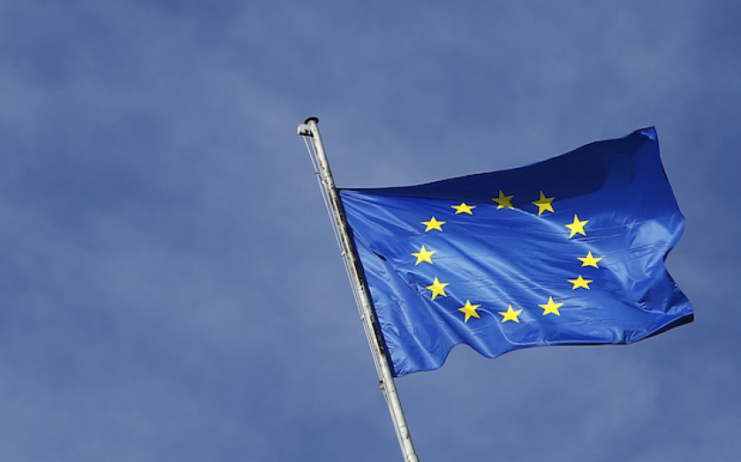European Commission proposes carbon allowances sell-off to ensure energy security

The European Union’s (EU) executive arm has announced €20bn worth of allowances will be sold from the trading bloc’s reserves to help fund plans to reduce its reliance on Russian fossil fuels over the next five years.
Earlier this week, the European Commission unveiled RePowerEU, its strategy to ensure the EU’s energy independence following Russia’s invasion of Ukraine.
Its new strategy consists of more stringent environmental targets and ambitious funding plans to ramp up renewables.
The commission is aiming for 45 per cent of EU energy to come from green sources by the end of the decade, replacing the current 40 per cent proposal.
The commission also has called for EU energy consumption to be cut 13 per cent by 2030 against expected levels, replacing its existing 9 per cent pledge.
The targets were included alongside a €210bn investment plan – with funding commitments such as €86bn for renewable energy, €56bn for energy savings and heat pumps, €29bn for power grids and €27bn for hydrogen infrastructure.
Carbon allowances are certificates purchased by companies emitting high amounts of emissions – which set a cap on the maximum level of emissions permitted for businesses.
Companies that are heavy polluters are obliged to buy credits granting them permission to emit one tonne of carbon – which they can sell back if they reduce emission levels.
Barbara Lambrecht, energy analyst at Commerzbank calculated that with carbon allowances trading at €85 per unit, the commission’s proposals would equate roughly to the sale of 235m allowances.
There were approximately 2.6bn allowances in the EU’s market stability reserve (MSR) at the end of 2021.
Assessing the policy as a whole, Lambrecht argued that the sale of allowances was less than the number being put into reserves as the EU looks to reduce certificates and consequently emissions.
She said: “This is nonetheless two thirds of the volume that will be transferred into the MSR from September to reduce the surplus allowances in circulation. So is this a question of transferring some allowances into the MSR and then taking other allowances out again, despite a release from the MSR only being permissible if the number of allowances drops below a certain threshold? “
“As financially attractive as the EU Commission’s proposal may sound, it remains to be seen whether it will be approved by the parliament and the member states.”